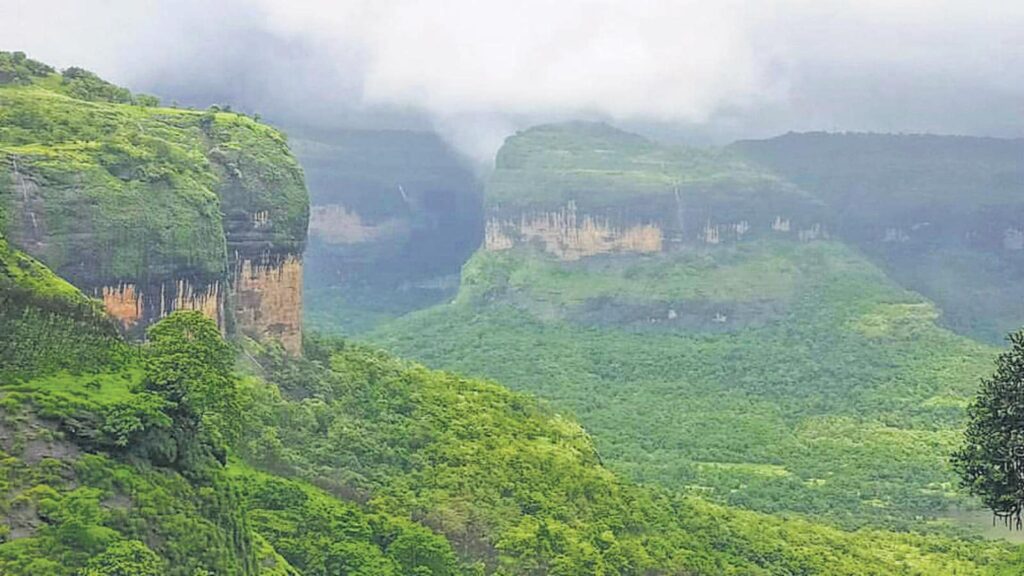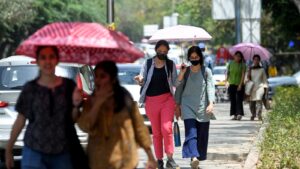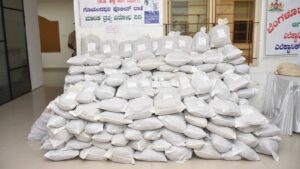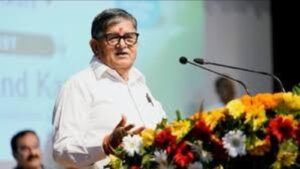Tamhini Ghat wettest place in India this monsoon: Experts

PUNE: Tamhini Ghat in Pune district has emerged as the wettest place in India this monsoon, surpassing even Cherrapunji in Meghalaya which occupies pride of place as the wettest region in the country. Tamhini Ghat received 9,644 mm of rainfall this monsoon which is higher than the overall rainfall received in Cherrapunji this rainy season. As per India Meteorological Department (IMD) data, Cherrapunji recorded 7,303.7 mm of rainfall this monsoon which is lower than the 9,644 mm rainfall recorded by Tamhini Ghat.

While the Tamhini Ghat rainfall data is yet to be officially confirmed by the IMD as the compilation has not still been done, IMD officials have agreed to the possibility of higher rainfall as there were several incidents reported when the one-day rainfall recorded was around 3,000 mm in the Tamhini Ghat area.
However, this is not the first time that Tamhini Ghat or other areas in the western ghats have recorded such high rainfall. Earlier too, there have been several incidents of higher rainfall in Tamhini Ghat and other areas of the western ghats, and a scientific paper too has been published on the same by weather scientists.
S D Sanap, senior meteorologist, IMD Pune, said, “If we see the topography, both the northeastern areas and the western ghats are located at higher altitudes. The Sahyadri Range created a huge convergence over the region generating exceptionally huge cloud mass, especially over the ghat section near Tamhini which resulted in extremely heavy rain in this area. Moreover, the strong monsoon flow from the Arabian Sea and systems formed over Gujarat and Maharashtra also contributed significantly to higher rainfall in the western ghats of Maharashtra.”
Apart from Tamhini, areas such as Davadi, Bhimashankar, Shirgaon, Lavasa and Lonavala too received rainfall between 5,000 and 7,000 mm this monsoon. Furthermore, Mahabaleshwar, Walvan and Koyna in Satara; Gaganbavada and Amboli in Kolhapur; and Ghatghar, Igatpuri and Trimbakeshwar in Nashik received higher rainfall this rainy season.
Meanwhile, monsoon withdrawal in Maharashtra which was earlier said to be delayed is now likely to take place as usual. A senior IMD official said that conditions have become favourable for further withdrawal of the monsoon from north India and there might be chances of monsoon withdrawal from Maharashtra taking place on normal dates. However, the exact situation will unfold in the coming days, the official said.




